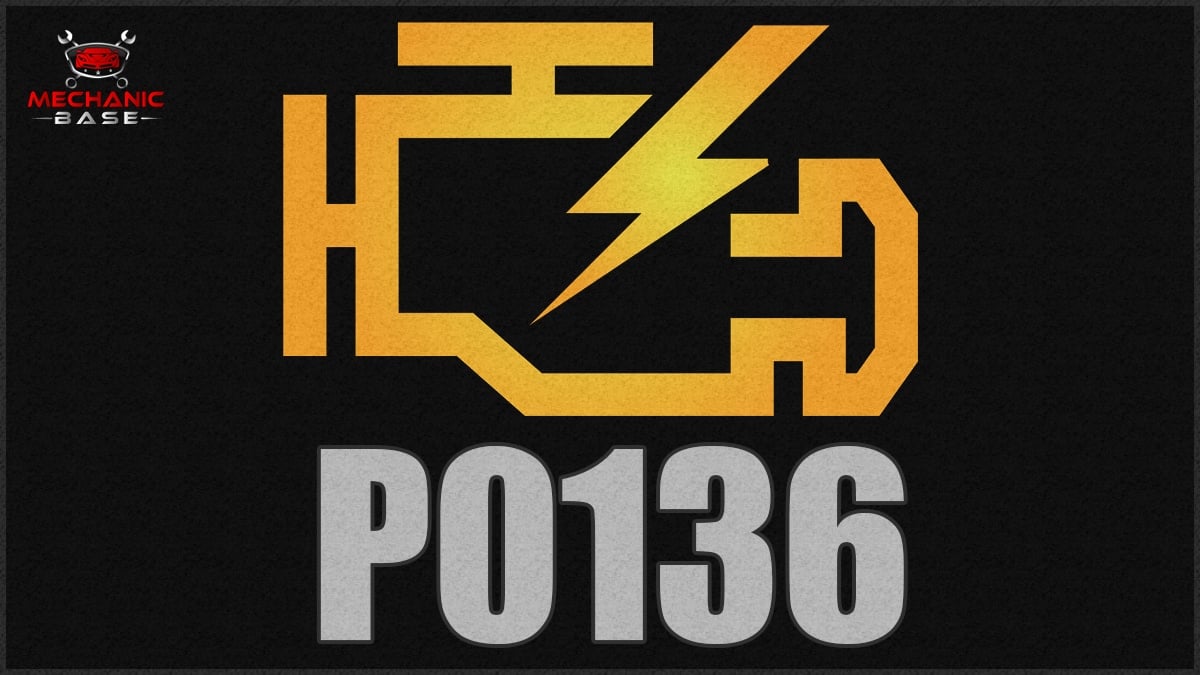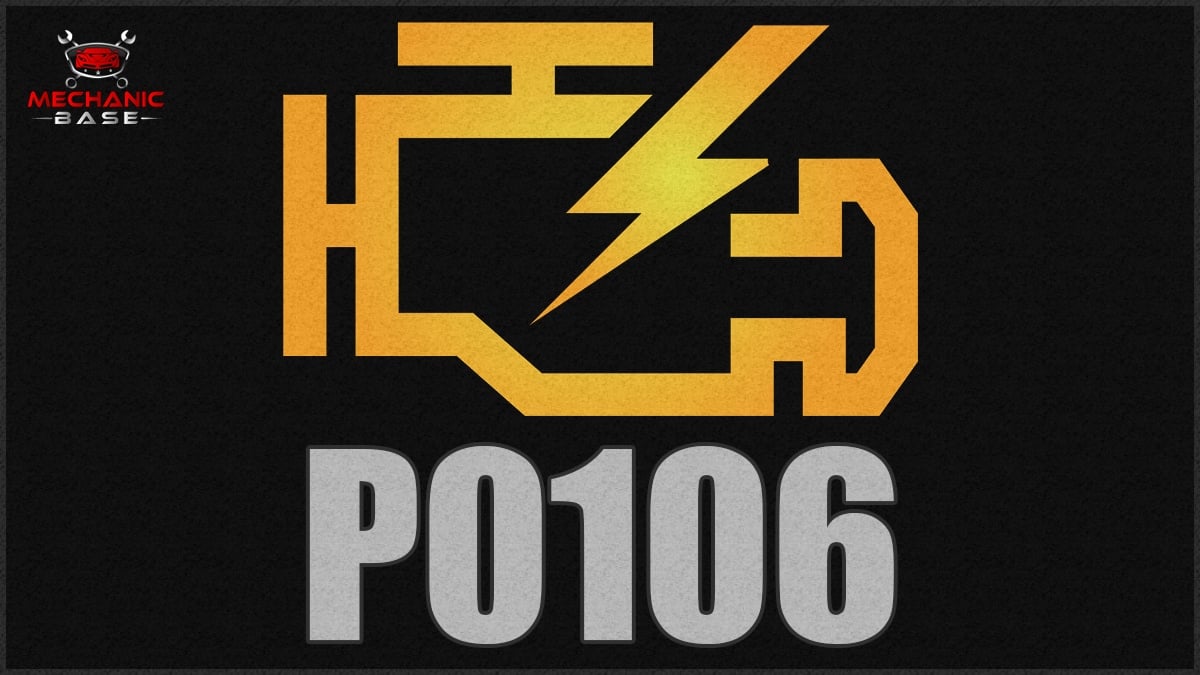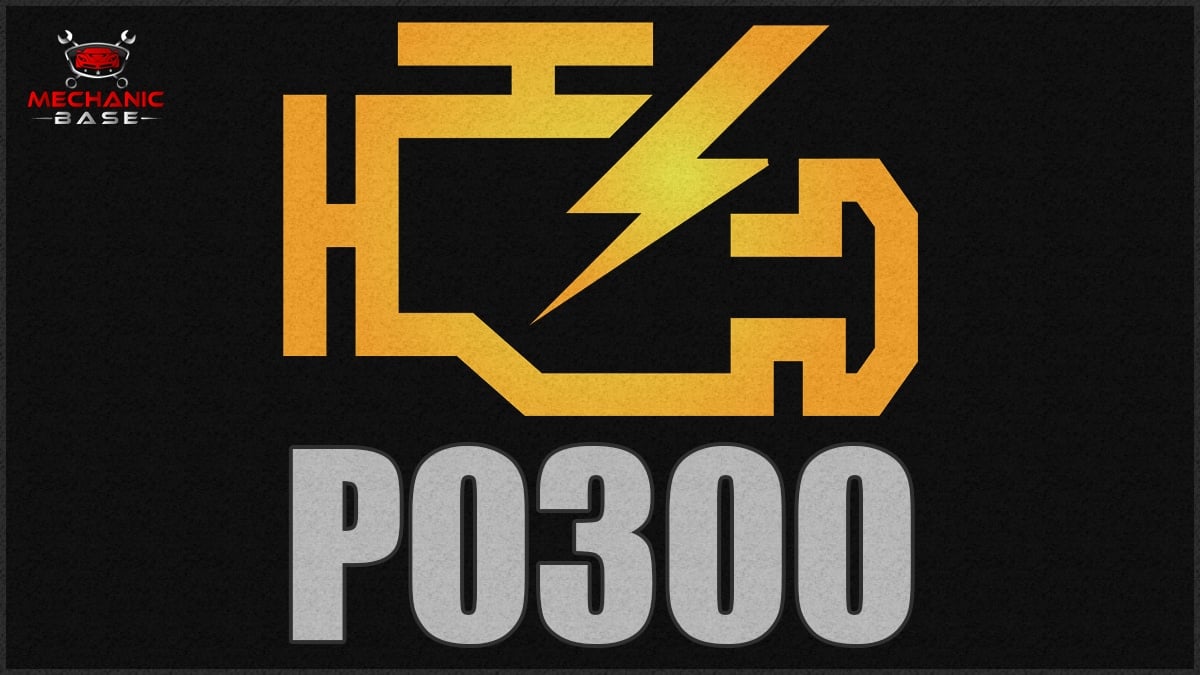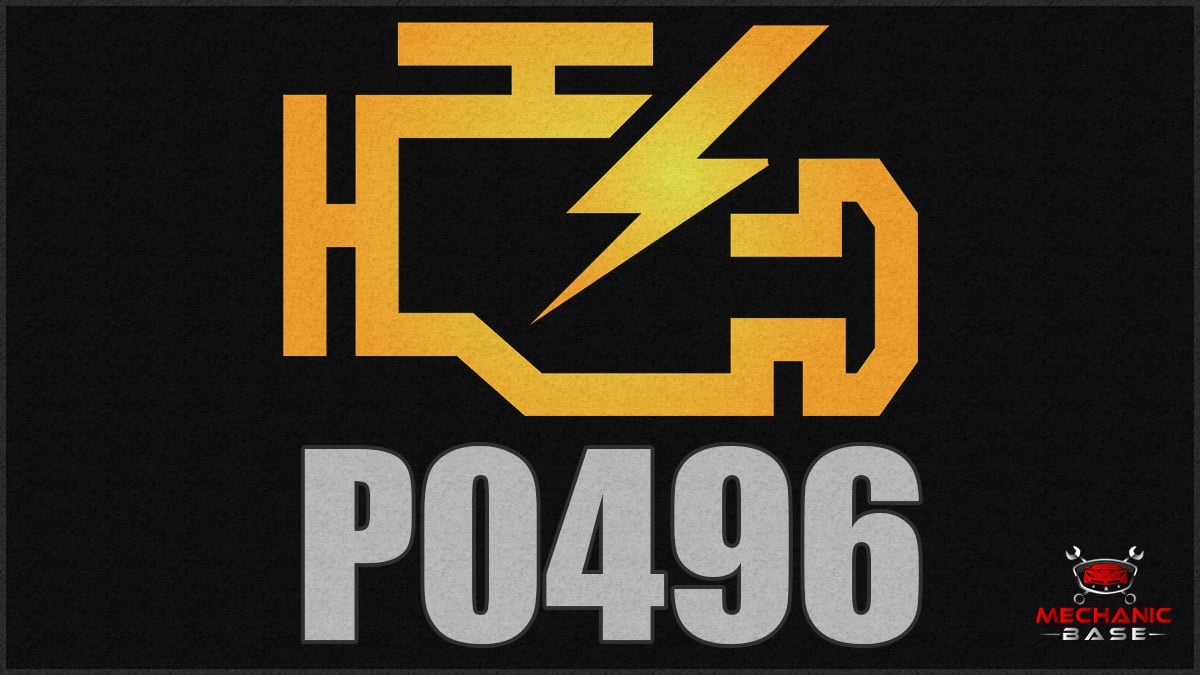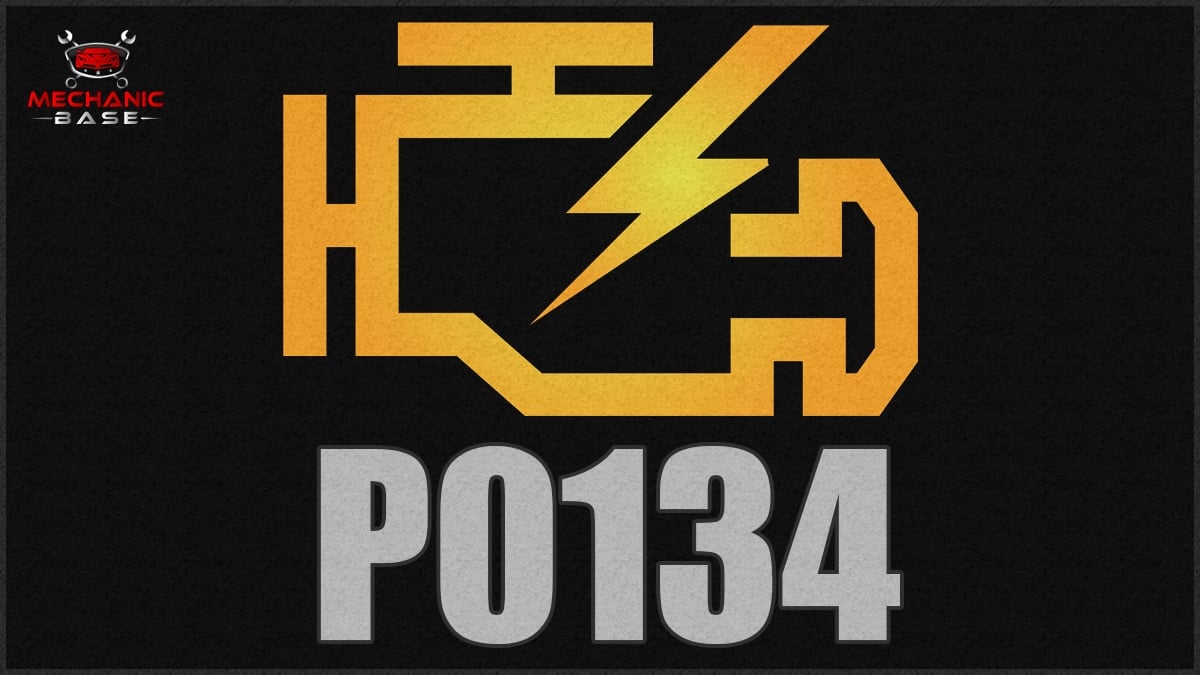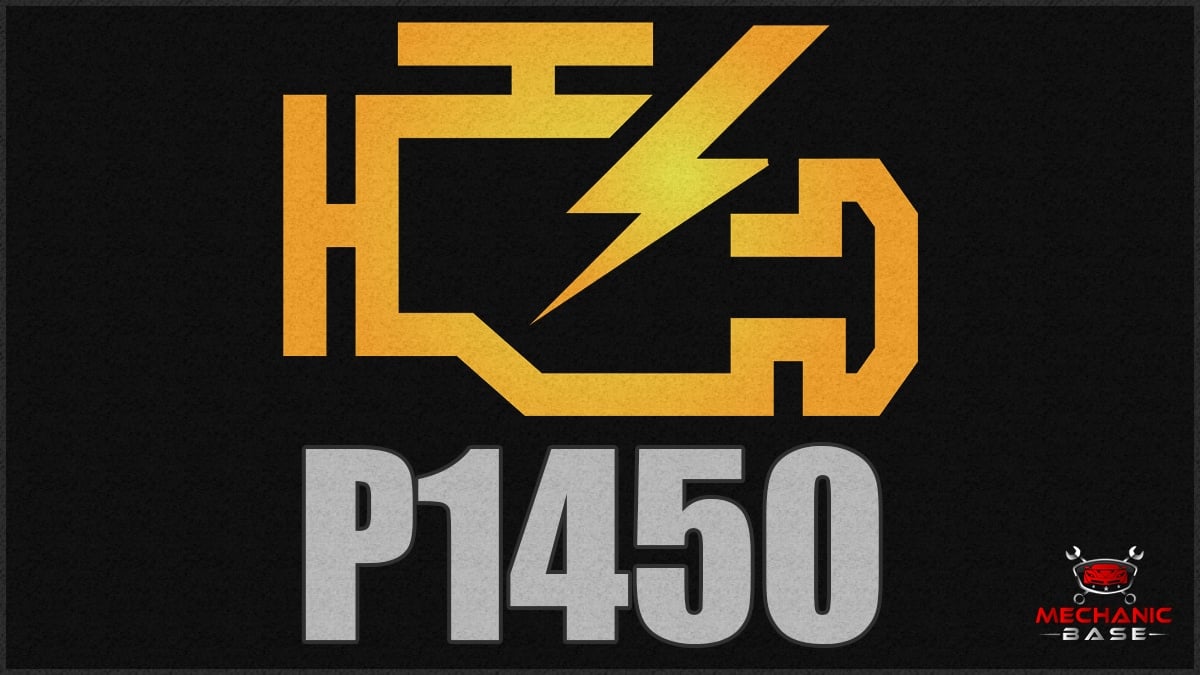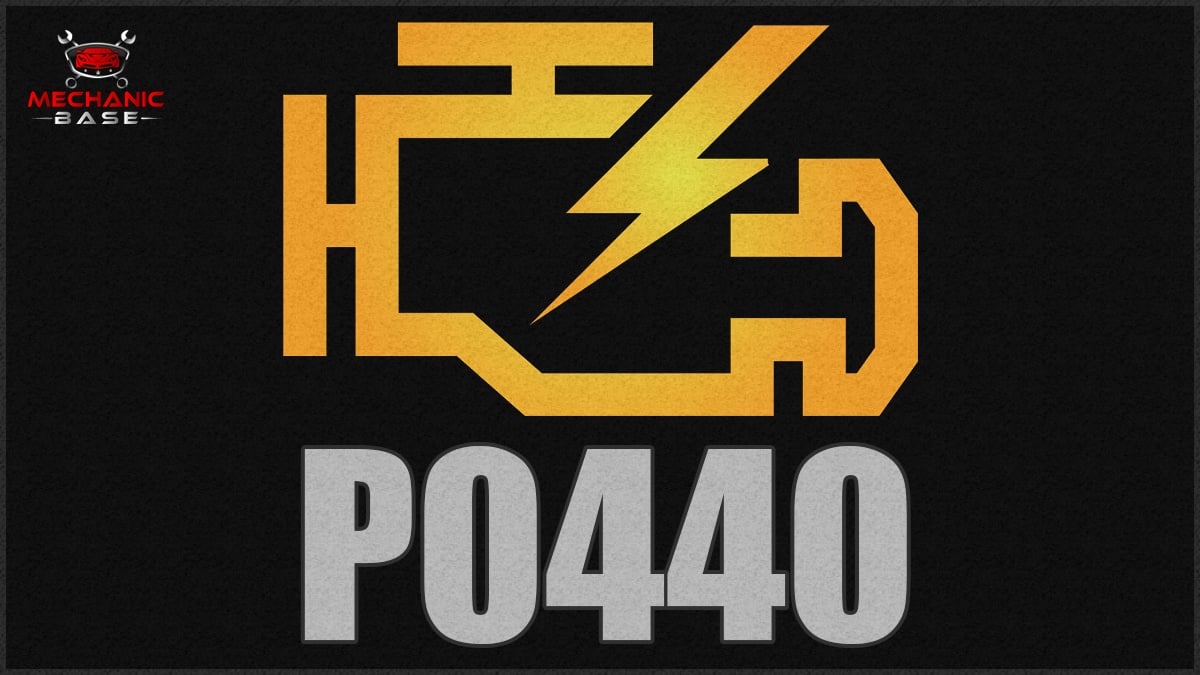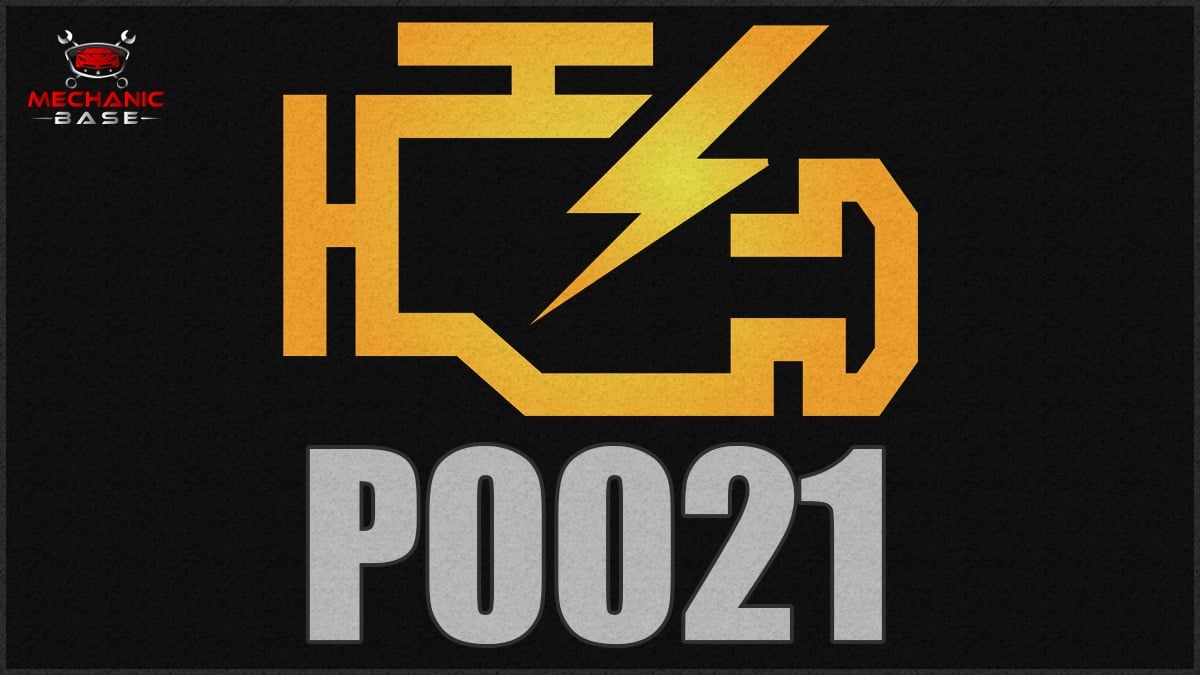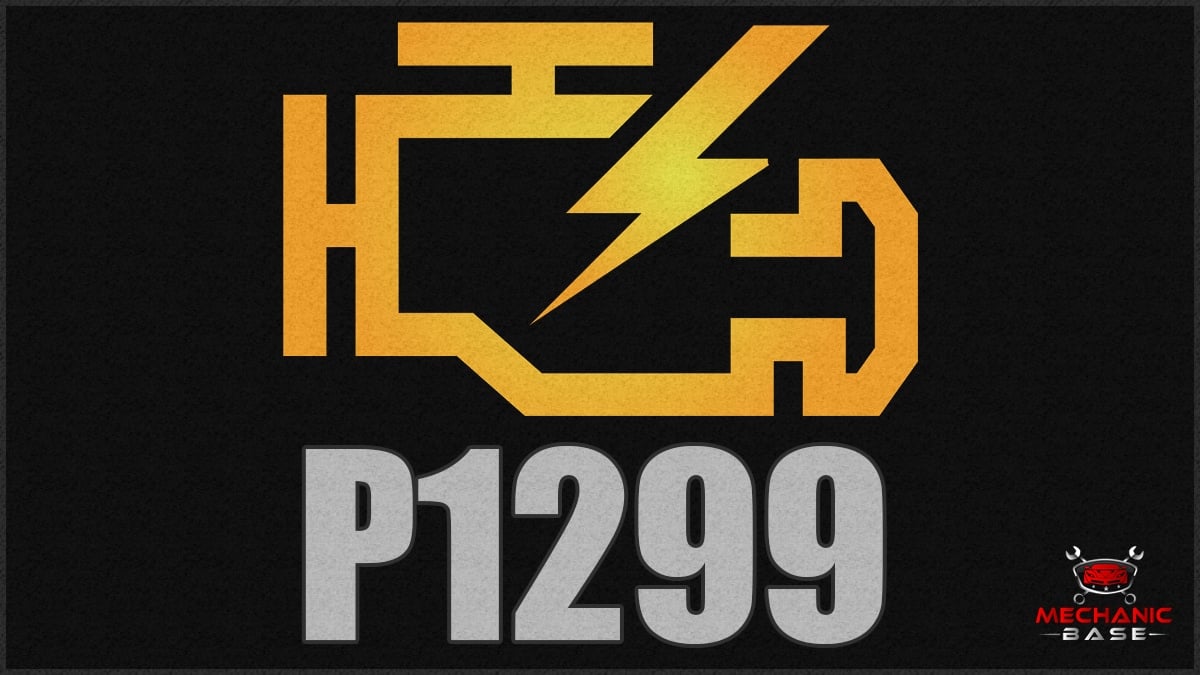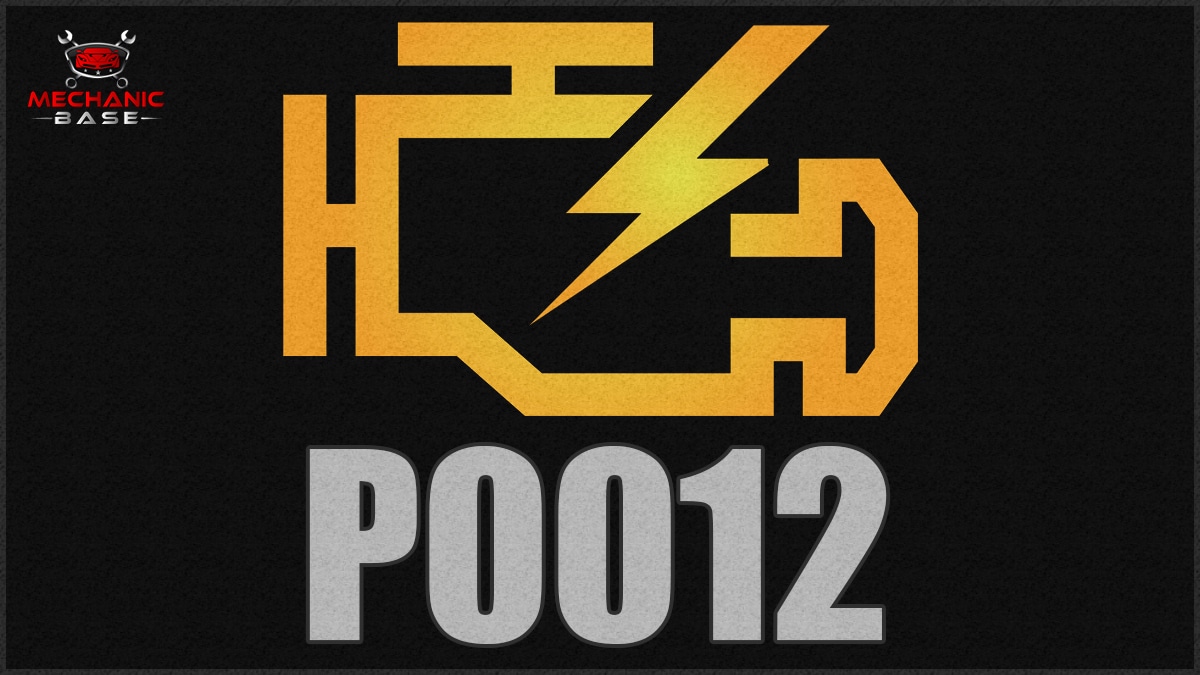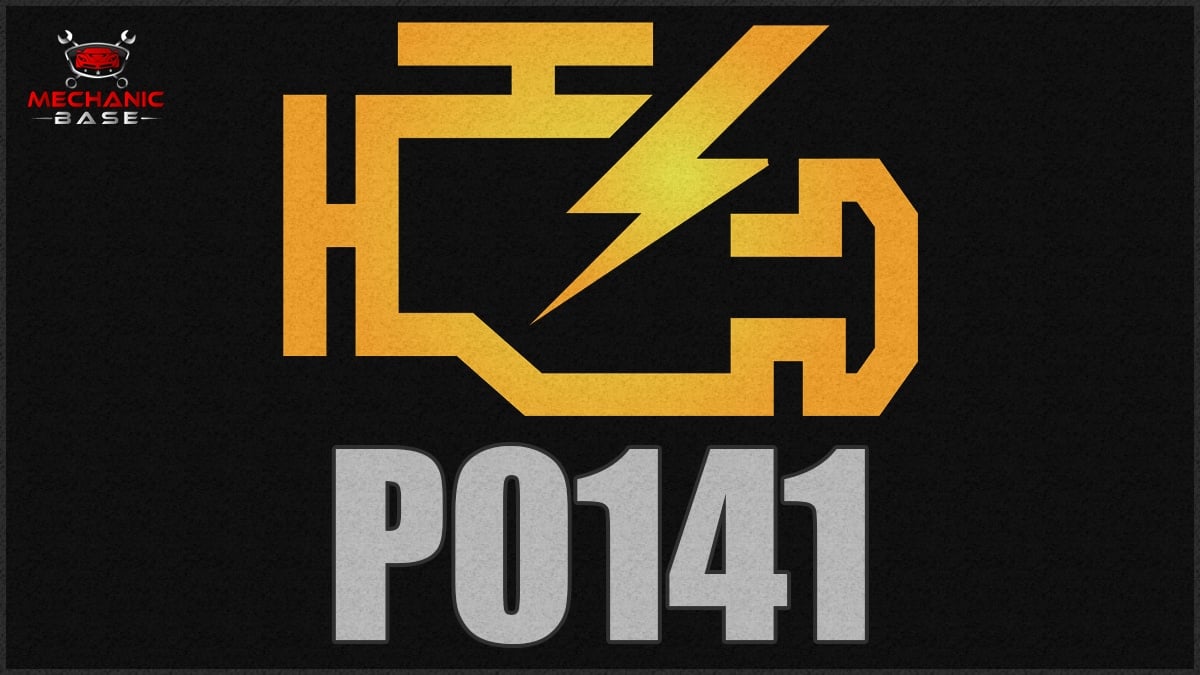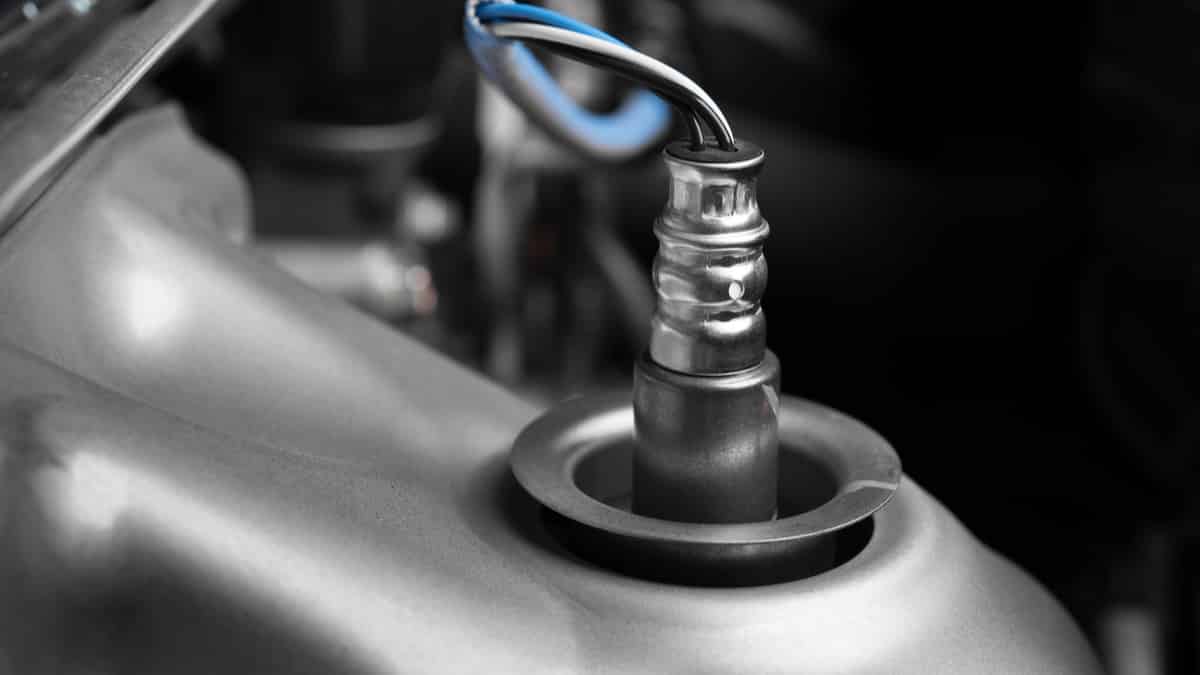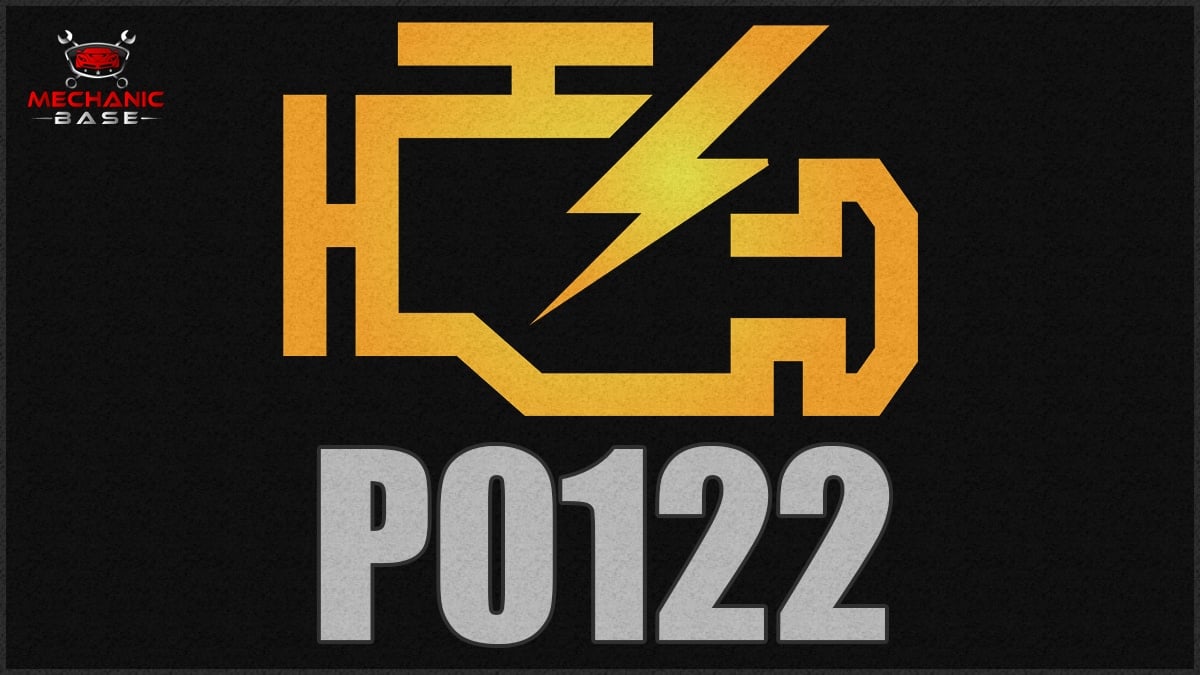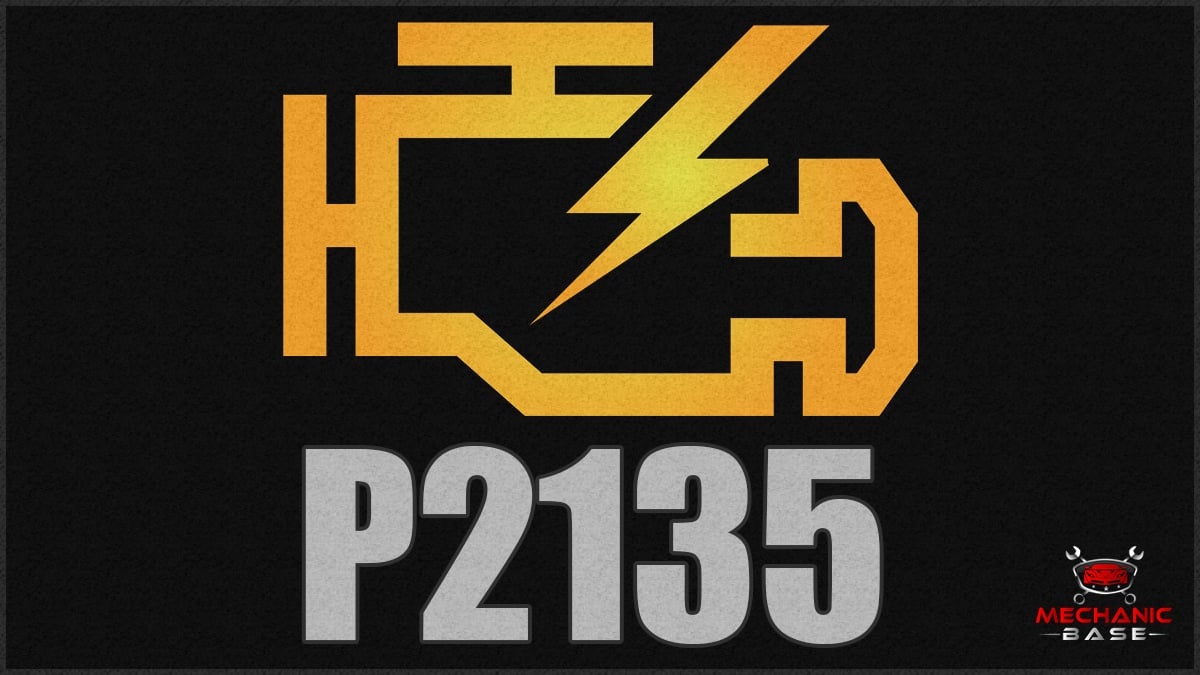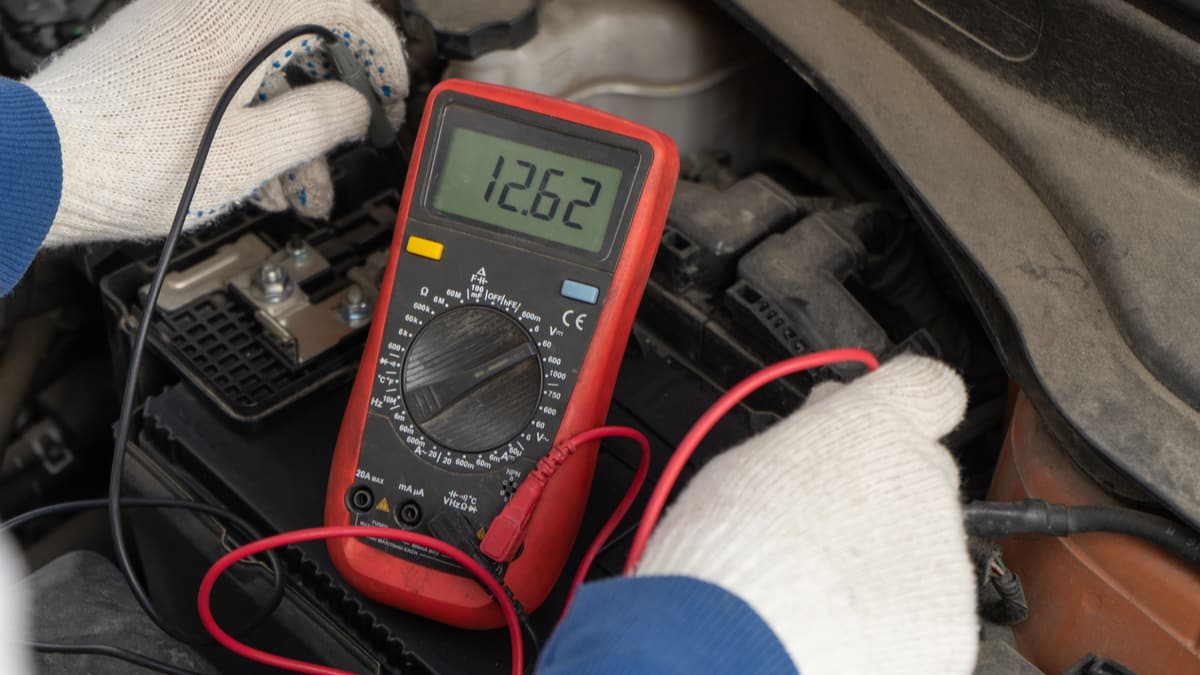Even when the car seems to be running just fine, you might find a Check Engine Light on your dashboard. One look with your code scanner might reveal the P0136 code, but what does this mean?
In this guide, we investigate the meaning and top causes of the P0136 trouble code. We also dive deeper into the symptoms you might experience and show you how to fix the fault.
Code Definition
P0136 – Oxygen O2 Sensor Circuit Low Voltage (Bank 1, Sensor 2)
What Does the P0136 Code Mean?
P0136 is a generic powertrain code indicating a fault with the second oxygen sensor found on Bank 1. The voltage from this oxygen sensor is registering too low for a minimum of two minutes, causing the PCM to set the code in the module. This sensor is found near the back of the catalytic converter.
Because of its location, it registers the amount of oxygen in the gas from the catalytic converter. It doesn’t operate the same way as the front sensor does but is still responsible for maintaining the appropriate amount of voltage to work properly.
RELATED: Bank 1 vs Bank 2 – Sensor 1 & 2 (Locate O2 Sensors)
P0136 Trouble Code Symptoms
The majority of cases are only going to see a Check Engine Light with no other prevailing symptoms. For this reason, many people continue driving without thinking about the harm it could cause the vehicle.
Still, you could notice any of these symptoms:
- Check Engine Light
- P0420 code on your scanner
- Reduced fuel economy
Causes of the P0136 Code
In general, the P0136 code has everything to do with the oxygen sensor found at the rear of the catalytic converter. However, you could be looking at a few other causes.
Here are the most common causes of the P0136 trouble code found after diagnosis.
- Failed oxygen sensor
- Exhaust leak near the sensor
- Electrical short
- High or open resistance to the oxygen sensor circuit
- Bad engine control module (Rare)
How Serious is the P0136 Code?
Medium – You could easily continue driving your vehicle while the P0136 code is present. In most cases, you aren’t going to notice any harmful conditions as a result. With that said, just because you can drive the car doesn’t mean you should.
Depending on what’s causing the problem, you could allow further damage to vital components. That’s why we always recommend having it fixed right away.
What Repairs Can Fix the P0136 Code?
There are several repairs that could fix the P0136 DTC. However, it’s not wise to start throwing parts at the problem in hopes of repairing it. Instead, you want to follow the same diagnostic steps as a professional, which we outline below.
You might find one of these fixes appropriate for the P0136 trouble code.
- Replace bad O2 sensor
- Repair exhaust leak
- Repair electrical short or damaged connection
Common Diagnosis Mistakes
Many mechanics, even the best, will replace the oxygen sensor after seeing this code without first inspecting it. In many cases, replacing the O2 sensor will fix the problem, so that makes sense on some level.
However, the sensor could just be contaminated. If that’s the case, cleaning it off is all that’s needed. Before you spend money on parts, go ahead and take a look.
How to Diagnose the P0136 Trouble Code
With your code scanner and some minor expertise, you can diagnose the P0136 DTC just like a professional. Here are some steps we recommend.
- Check all of the codes with your scanner. If multiple codes are present, you might be able to pinpoint the problem easier.
- Inspect the oxygen sensor for contamination or dirt. Clean it if needed.
- Check the oxygen sensor wires for damage or corrosion. Repair anything that seems to be broken.
- Inspect the system for exhaust leaks. You can listen to the exhaust connection. Something could have come disconnected.
- Measure the voltage of the oxygen sensor while the engine is warm. You should get a reading of 0.1-0.95 volts. If you get anything lower than this, replace the sensor. Check a repair manual for the right values for your car model.
If you can’t diagnose the problem after these steps, it’s best to take your vehicle into the shop for more examination. Professional auto repair shops have sophisticated equipment that will help to get to the heart of the issue.
Estimated Repair Cost
If you simply need to clean the sensor, you could spend a minimal amount of money on the repair. However, if you need to perform repairs or replace parts, there will be a cost involved. We outline some of the top fixes, along with the estimated labor and parts expense.
- New oxygen sensor – $125-$450
- Repair electrical connection – $50-$550
- Exhaust repair – $100-$600
Mechanics Tips
The P0136 trouble code and P0137 DTC are closely related, so either could show up for the same problem. On the other hand, if you notice this trouble code along with one indicating a fault with the internal heater of the sensor, you want to deal with that first.
When the internal heater of the sensor has too high of resistance, this code could appear with it. In that case, you would have a better indication that the sensor needs to be replaced without a deeper diagnosis. In extremely rare cases, the codes are set because of a malfunction with the PCM, but you will likely see other issues in conjunction with what we’ve outlined when this happens.
Categories: OBD Codes
